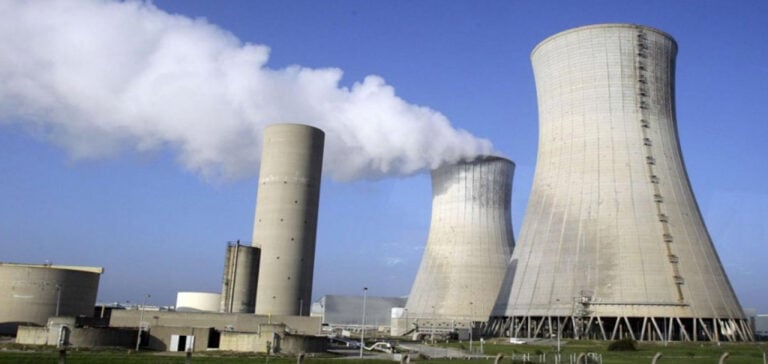The renaissance of nuclear power against a backdrop of climate emergency offers a glimmer of hope. Nations are desperately seeking alternatives to fossil fuels, and nuclear power, despite its controversial past, is re-emerging as a viable option. However, the latest WNISR report, analyzing trends and statistics in the sector, reveals a complex reality. With 407 reactors in operation in 32 countries, the global nuclear scene looks dynamic. However, these figures represent a slight drop on previous years, with 4 fewer units than in 2022, and 31 fewer than at the 2002 peak. This reduction indicates not only a slowdown, but also the challenges inherent in maintaining aging fleets and building new capacity.
Reactor Construction: A Monopoly of Power
Nuclear expansion is, worryingly, highly concentrated. Between December 2019 and mid-2023, 28 new reactors began construction. However, this growth is driven almost exclusively by two players: China and Russia. China, with its ambitious nuclear development program, and Russia, through its giant Rosatom, dominate the reactor construction landscape. This geopolitical concentration raises questions about the diversity and resilience of the global nuclear market. While other countries such as France, the UK and the USA contribute modestly, with a few projects each, the predominance of China and Russia raises concerns about the balance of power and technological dependence in the sector.
The Challenges of Nuclear Renewal
The WNISR report highlights several challenges facing the nuclear sector. Firstly, the management of aging fleets poses an increased risk of failure and high maintenance costs. In addition, the sector is marked by chronic delays and significant cost overruns in new construction projects. This trend is illustrated by projects such as the Flamanville EPR in France, which has suffered delays and cost overruns. The 549-page report describes a sector struggling to maintain its relevance and competitiveness in the face of rapidly evolving energy alternatives, such as renewable energies. The ambitious goal of tripling nuclear production by 2050, often cited in political and industrial circles, is deemed “highly unrealistic” by the report’s authors, given these obstacles.
The WNISR report provides a balanced overview of the current state of the nuclear industry. Although nuclear power has regained some favor in the context of the climate crisis, its future expansion is far from assured. Structural challenges, construction delays, high costs and the geopolitical concentration of production limit its growth potential. The future of nuclear power, while promising in theory, remains uncertain and will depend on the industry’s ability to overcome these obstacles.






















